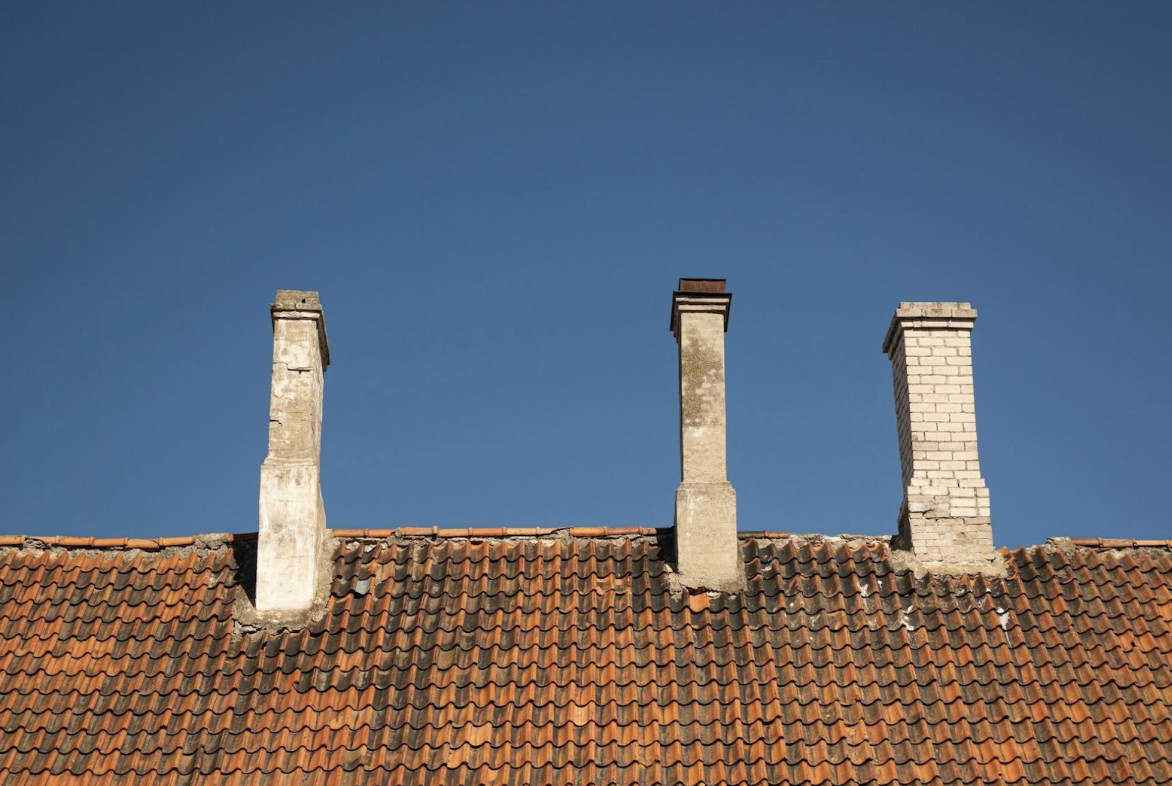The Influence of Technology on Modern Commercial and Residential Roofing Practices
The evolution of technology has left no industry untouched, and the domain of roofing is no exception. Within the modern era, technological advancements have profoundly reshaped both commercial and residential roofing practices, setting new standards for efficiency, sustainability, and durability. This transformation is not merely a matter of changes in materials or tools but encompasses a broader integration of digital technologies, advanced analytical methods, and environmentally conscious approaches. The influence of technology on roofing transcends traditional practices, creating a new landscape where innovation and green initiatives drive the industry forward. This article aims to explore the multifaceted impact of technology on roofing, examining how these advancements have revolutionized the way roofs are designed, installed, maintained, and even conceptualized in the contemporary world.
Innovative Materials and Tools
The introduction of innovative materials has played a critical role in evolving roofing practices. Materials such as cool roofing, green roofs, and photovoltaic (solar) shingles not only offer exceptional durability but also contribute to energy efficiency and sustainability. These materials reflect more sunlight and absorb less heat, leading to a significant reduction in cooling costs, and their incorporation into roofing solutions characterizes the industry's shift towards more sustainable practices.
In addition to new materials, the development of advanced tools and equipment has streamlined the installation and repair processes. Drones, for example, are now being used for roof inspections, allowing for a more thorough and less invasive examination than traditional methods. These technological tools not only improve efficiency but also enhance safety by reducing the need for physical inspection, which can be risky in precarious roofing situations. Different roof solutions require different tools, and the availability of specialized equipment has enabled roofing contractors to provide more tailored and accurate services. It also eliminates the need for manual labor, reducing costs and increasing productivity.
Digitalization and Roofing Software
The integration of digital technologies into the roofing industry has revolutionized project management and customer service. Advanced roofing software now enables contractors to precisely estimate material requirements, manage workflows, and monitor project progress in real time. This digitalization has significantly improved project accuracy, efficiency, and accountability, ensuring that projects stay on schedule and within budget.
Roofing software solutions have enhanced the customer experience by making it easier for clients to visualize the final outcome of their roofing projects. Through the use of 3D modeling and simulation technologies, customers can now explore different materials and designs before making a decision, resulting in higher satisfaction levels and tailor-made roofing solutions that meet individual preferences and needs.
Environmental Sustainability
The roofing industry’s focus on environmental sustainability has led to the development and adoption of eco-friendly roofing solutions. Green roofs, for example, not only provide excellent insulation but also contribute to urban biodiversity, improve air quality, and manage stormwater runoff. Such environmentally conscious practices underscore the industry's commitment to reducing its carbon footprint and promoting ecological balance.
The push towards sustainability is also evident in the recycling of roofing materials. Companies are increasingly adopting practices that allow for the recycling of old roofing materials into new products, minimizing waste and reducing the demand for raw materials. This circular approach to roofing materials is a significant step towards a more sustainable and environmentally responsible industry.
Advanced Analytical Methods
The use of advanced analytical methods has significantly improved the way roofing performance is monitored and maintenance is planned. Technologies such as thermal imaging cameras and moisture scanners now enable the early detection of issues that could potentially lead to major problems, such as water leaks or insulation failures. This proactive approach to maintenance helps extend the lifespan of roofing systems and can lead to significant cost savings over time.
Predictive analytics and big data are being utilized to analyze roofing performance trends, helping to predict future issues before they occur. By understanding these trends, the industry can innovate better materials and maintenance practices, ultimately leading to roofing systems that are more durable, efficient, and cost-effective.
Safety Innovations
In the realm of roofing, safety remains a paramount concern. The adoption of new technologies has markedly improved safety conditions for roofing professionals. Wearable technology, such as smart helmets and exoskeletons, has been introduced to enhance worker safety. These devices can monitor vital signs, detect falls, and even augment physical strength, thereby reducing the risk of injuries on the job.
The use of robotics in roofing tasks is starting to emerge. Robots can perform dangerous or labor-intensive tasks, such as the installation of heavy shingles or coatings, minimizing human exposure to hazardous working conditions. This not only improves safety but also increases efficiency, showcasing how technological advancements can have a profound impact on improving workplace conditions in the roofing industry.
The influence of technology on modern roofing practices has been nothing short of transformative. From innovative materials and tools to digitalization and sustainability initiatives, the industry has undergone a significant evolution driven by technology. As technology continues to advance, it will undoubtedly bring about further changes and innovations in the roofing world, creating a more efficient, sustainable, and safe industry for all involved. With a focus on continuous improvement and a commitment to integrating cutting-edge technologies, the roofing industry is well-positioned to meet the challenges of the future head-on.







